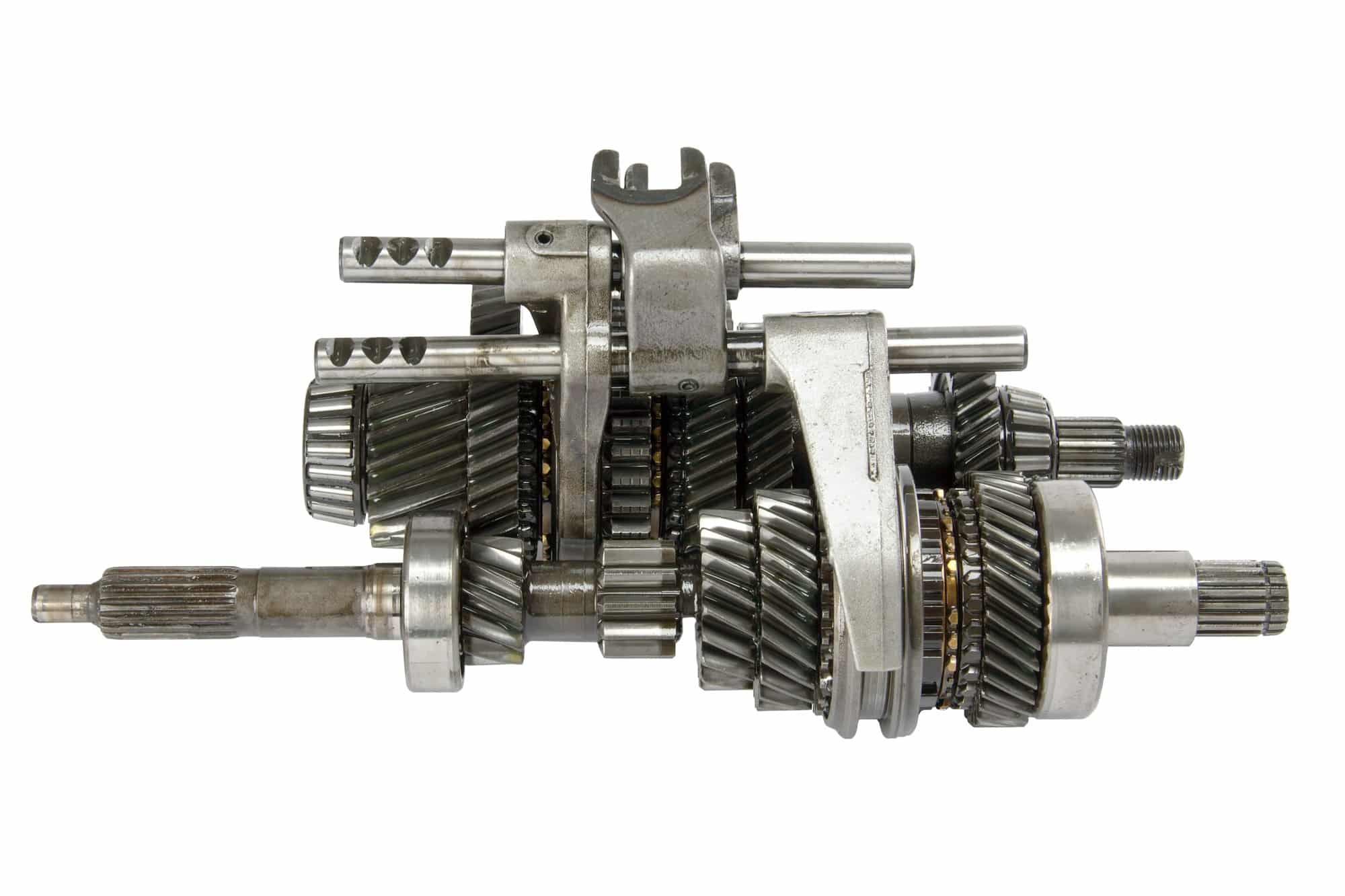The lifeblood of your British performance vehicle’s transmission is its transmission fluid. This crucial liquid serves as a lubricant, helping the engine and transmission parts to operate smoothly, avoid overheating, and prevent unnecessary wear and tear. You may ask questions like "When will I need to change it?" or "What will happen if I don’t?" in various auto forums, and the replies you’ll get are as diverse as the car owners themselves. But one thing all auto enthusiasts agree on is that maintaining the proper level and quality of transmission fluid is vital to your car’s performance and longevity.
Understanding the Importance of Transmission Fluid
Before we delve into how to flush and change your transmission fluid, let’s take a moment to understand its importance in your car’s operation.
Also to read : How do you properly align the headlights of a British vintage car to meet UK road regulations?
Transmission fluid plays a dual role in your vehicle. It serves as a lubricant for the transmission’s moving parts and as a coolant to manage the heat generated. The fluid is typically bright red, clear, and has a slightly sweet smell. A change in any of these characteristics usually indicates a need for a fluid change.
The quality and condition of the fluid can significantly influence your vehicle’s performance. If dirty or insufficient, it can cause issues like overheating, gear slipping, or erratic shifting. In the worst cases, it could lead to costly transmission damage.
This might interest you : What type of paint protection film is most effective for protecting the finish of British luxury cars?
Identifying When to Flush Your Transmission Fluid
Unlike engine oil, transmission fluid does not need to be replaced as frequently. Yet, it is not a "fill it and forget it" fluid. The change intervals will depend on your car’s make, model, and how you use it.
A general rule of thumb used by many in the auto world is to flush and replace your transmission fluid every 30,000 to 60,000 miles. However, always consult your vehicle’s owner’s manual or ask on a trusted auto forum for specifics about your British performance car. If your vehicle likes to be driven hard or primarily operates in severe conditions, more frequent changes may be necessary.
A visual inspection of the fluid can also indicate when it’s time for a change. If it’s becoming dark or has a burnt smell, it’s time to change it.
The Steps to Flush Your Transmission Fluid
Performing a transmission fluid flush might seem intimidating, but with a bit of know-how and the right tools, it’s a task you can accomplish. Note that it differs from a simple drain and refill because it changes all the fluid in the system, not just what’s in the pan.
Here’s a step-by-step guide:
-
Gather Your Supplies: You will need a car jack to lift the vehicle, a catch pan, a transmission fluid pump, and a new gasket. Of course, you’ll also need your new ATF (Automatic Transmission Fluid).
-
Drain the Old Fluid: Position your drain pan under the transmission fluid pan. Remove the drain plug and allow the fluid to empty into the drain pan. Be careful as the fluid may be hot.
-
Remove and Clean the Pan: Once drained, remove the pan entirely. Clean it thoroughly and replace the gasket.
-
Flush the System: This is where the fluid pump comes into play. Following the manufacturer’s instructions, use the pump to flush out the remaining fluid in the system.
-
Refill with Fresh Fluid: Now it’s time to fill the system with fresh ATF. Be sure not to overfill, as it can lead to foaming, erratic shifting, or oil starvation.
-
Check the Fluid Level: Start the engine and let it warm up. Then, with the engine running, check the fluid level. Add more if needed.
Remember, it’s always good to check for any leaks after the job is done. Also, dispose of the old fluid responsibly.
Common Missteps to Avoid When Flushing Transmission Fluid
While flushing your transmission fluid is not overly complex, there are common missteps to avoid. For instance, not using the correct ATF could cause significant damage. Always check your manual or trusted auto forums to ensure you’re using the right fluid for your specific vehicle.
Additionally, overfilling or underfilling can lead to issues. Overfilling can cause the transmission to overheat, while underfilling can lead to inadequate lubrication.
Finally, not cleaning the pan thoroughly before reinstalling it can cause the new fluid to become contaminated with residue from the old fluid.
As with any car maintenance task, if you’re unsure or uncomfortable doing it yourself, seek professional help. A small expense now could save you a major repair bill down the line.
Conclusion
A well-maintained transmission can extend the life of your British performance vehicle and enhance your driving experience. Regularly flushing and replacing your transmission fluid is a crucial part of this maintenance. Whether you choose to take on this task yourself or leave it to the professionals, understanding the process can help ensure your car gets the care it needs.
Detailed Guide on Flushing the Transmission Fluid
As you’ve understood the importance and know when to flush your transmission fluid, it’s time to guide you through the detailed process.
Firstly, ensure you have all the necessary supplies: a car jack, a catch pan, a transmission fluid pump, a new gasket, and the correct Automatic Transmission Fluid (ATF) for your British performance vehicle.
Start by safely lifting your car using the jack and position the catch pan under the transmission fluid pan. Carefully remove the drain plug, and allow the old fluid to drain into the pan. Be cautious as the fluid might be hot.
Once the fluid is drained, proceed to remove the pan and clean it thoroughly, ensuring no residue remains. Replace the old gasket with a new one. You will then use the transmission fluid pump to flush the remaining old fluid from the system, as per the manufacturer’s instructions.
Refill the system with fresh ATF, being careful not to overfill it as it can cause issues like foaming, erratic shifting, or oil starvation. After filling, start your vehicle and let the engine warm up. Remember to check the fluid level while the engine is running and top up if necessary.
Finally, check for any leaks after the entire process is complete and dispose of the old fluid responsibly.
Post-Flush Best Practices and Final Thoughts
After a successful transmission flush, it’s important to keep an eye out for potential issues. Regularly check your fluid level and quality, noting any changes in color or smell. If your vehicle’s transmission begins to behave erratically, such as slipping gears or overheating, it may be a sign that your transmission fluid requires attention.
During the flush process, remember to avoid common missteps such as using incorrect ATF, overfilling or underfilling the system, and not thoroughly cleaning the pan before reinstalling it. These mistakes can lead to serious issues with your vehicle’s transmission.
In conclusion, maintaining your vehicle’s transmission fluid is not just about prolonging the life of your car, but also about enhancing its performance. Even if you decide to take it to a professional, understanding the process helps you ensure your beloved British performance vehicle receives the care it deserves. Regularly flushing and replacing your transmission fluid can save you costly repairs in the future and keep your vehicle running smoothly for many miles to come.










